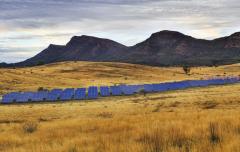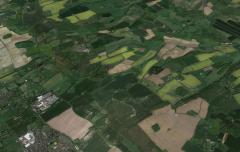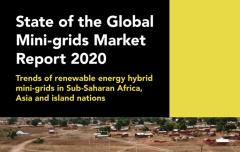New web platform showcases innovation in standalone power systems
There are 668 million people worldwide living in rural areas without access to electricity. Remote communities around the world must turn to off-grid power solutions to provide local people, businesses and infrastructure with electricity because the grid is unlikely to ever reach them.
There is an urgent need for off-grid and edge-of-grid power systems in these communities, especially now during a global pandemic. Local health facilities need affordable, reliable power to properly treat patients. And refrigeration is needed to store and distribute vaccines.
The International Energy Agency’s Photovoltaic Power Systems Programme (PVPS) Task 18 team has launched a new interactive website profiling innovative off-grid and edge-of-grid power projects around the world. By compiling case studies of successful projects, Task 18 is looking to inspire and inform the development of future projects.
Off-grid companies can explore the compiled case studies to learn about how different technologies have been deployed in different settings for different purposes. The hope is that this type of knowledge sharing can help companies overcome perceived technical or financial barriers to building projects.
“We wanted to get a snapshot of where things stand with standalone power systems, because there has been a lot of change in the past two or three years,” says Chris Martell, Task 18 Operating Agent. “A database of case studies from all over the world providing key learnings will help a lot of companies. They will not have to reinvent the wheel every time they do a new project in a new location.”
Each case study on the platform provides a project’s location, its energy generation technology and its application, such as whether the power system serves agricultural, residential, industrial customers. What makes the project innovative is also highlighted: from its unique technological aspects, such as storage technologies, to its social impacts, such as community ownership and capacity building.
Innovative business models to help off-grid projects be viable are also featured, such as the Daly River High Contribution Project in northern Australia. This project overcame several technical barriers to integrate battery storage and solar PV into an existing diesel power station to achieve the project goal of 50 percent annual fuel savings.
“Beyond electrifying households, the platform shows how standalone systems are essential for productive purposes like powering local education centres or industrial activities that serve entire communities,” says Martell.
The Task 18 team is looking to expand the platform in the coming months by profiling hundreds of projects from around the world, and the team encourages companies to submit their projects.
Companies interested in having their projects profiled on the platform can submit a case study here.
Anyone interested in exploring current case studies can visit the web platform here.




